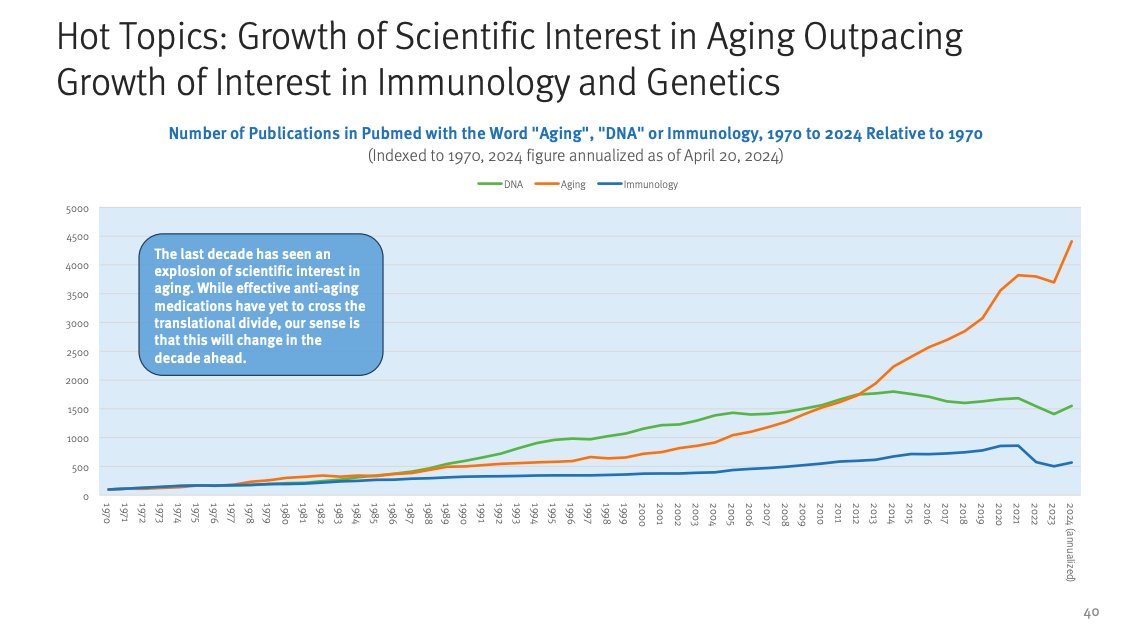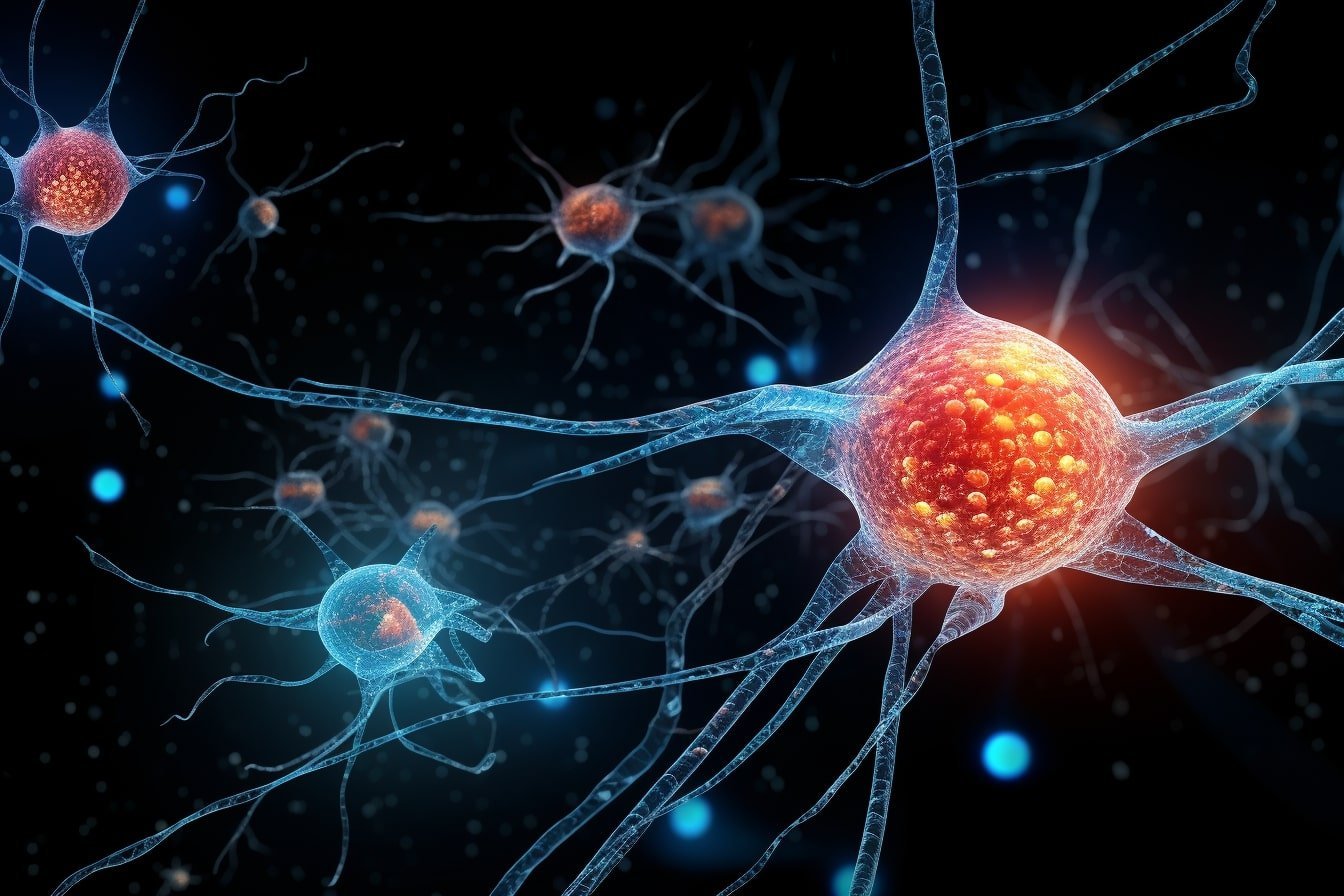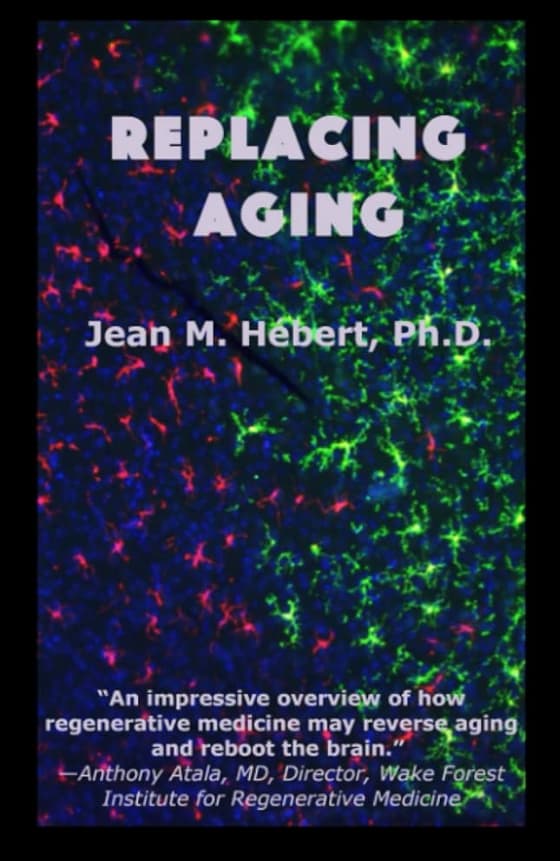The following is from Karl Pfleger, former Google AI engineer and now the leading SF Bay Area Longevity Biotech angel investor. He maintains this website: About AgingBiotech.Info
The aging/longevity field’s goal is best-possible health for as long as possible for as many people as possible. High level approaches are SLOW aging rate or REJUVenate (reverse) each of aging’s molecular changes (damage). Backup strategies are CRYOpreservation, mind UPLOADing, & whole-body REPLACEment (brain transplant). Many who favor the backups have pessimism for SLOW & REJUV. Contingency plans are good but hard ones divert time+$ from primary plans.
I’m most optimistic for REJUV.
Here’s why:
The field understands many causally pathological aging changes (damage types) at the molecular level & already has feasible plans & proof-of-concept demonstrations for reversing them. We know most exacerbate others. Which should we expect progress on in coming decades? A list:
- Accumulation of persistent senescent cells: Progress seems achievable w/in 5-15yrs given preclinical data & # efforts eg Rubedo slice&dice, Oisin & Deciduous systemic plus half dozen others & some groups working on diagnostics. Ongoing supplement trials might even partly succeed.
- Telomere shortening: Expressing telomerase is pretty straightforward. Rejuvenation Tech is in late preclinical via now-easier RNA but others working on it too. Some data suggests doesn’t lead to more cancer even in cancer-prone mice. Progress seems very plausible in 10-15yrs.
- Epigenetic changes: Some success w/ in- or ex-vivo partial reprogramming seems almost likely in 5-15yrs (esp of things like HSCs or other stem cells) given preclin data, huge funding, & # companies eg Altos, Retro, NewLimit, Turn, Life, Shift, Junevity, …
- ECM: Breaking crosslinks at least in easy-access areas (arteries, eyes) prob just enzyme engineering (eg Revel Pharma, Lento Bio). Targeted chelation, ECM growth factors, & ECM injection in preclin too (eg Elastrin, Elastin Bio, XM Tx). 5-15yr progress certainly possible.
- Cancer: Oncology making big gains. Survival up. CAR-T improving fast. MAIA’s THIO pan-cancer weaponization-of-telomerase in phase 2 w/ 2 variants at ph1. Early detection improving. A decade or so prob won’t see 100% cure but big decrease in total burden believable.
- Mitochondria changes: 20+ biotech. 20+ trials, many ph2-3. Much positive preclin data. Much evidence of importance to many areas esp neuro. At least 2 acquisitions so far (Mitobridge, Mitokinin). Many diff MoAs eg mito transfusion (Cellvie, Mitrix). 5-15yr progress seems likely.
- Atherosclerotic plaques: CVD is #1 killer. Actual reversal of plaque build up in late preclin at 2 companies: Repair, Cyclarity. ECM stuff above may also help w/ CVD. Could take a big chunk out of #1 killer in a decade or so.
- Aging, less functional stem cells: Lots of preclin data showing stem cell rejuvenation via injection of young stem cells or their secretions eg Juvena, Immunis (ph1/2a). Other approaches being researched too inc drugs. Progress seems achievable in 5-15yrs.
- Intracellular junk eg lipofuscin: Also mostly understood enzyme engineering plus delivery. Eg Lysoclear (part of Ichor in late preclin). Just maybe this approach could handle microplastic accumulation too. Progress conceivable in 10-20yrs for at least some tissue/cell types.
- Misfolded proteins: Despite Aβ mAb fails, improvements w/ less side effects being studied eg catalytic antibodies, endocytosis clearing. 1st drug exists for ATTR (top 110+yo killer). Other neuro approaches eg BBB, glymphatic may reduce misfolding. 10-20yr progress possible.
- Muscle degeneration frailty/sarcopenia: (Overlaps w/ stem cells above.) 8+ companies in various stages preclin to ph3 trials. 4+ in ph2+. Lots of $. Increased big pharma interest due to GLP1 muscle loss. Progress seems quite likely w/in 5-15yrs.
REPLACEment strategy really a continuum of amount/granularity w/ total-body the nuclear option. Partial replacement: organs, tissue, cells, mitos, ECM should be considered part of REJUVenation too & are part of my optimism that backups may be slower/unneeded for most alive today. Eg: Organs: liver eg Lygenesis (ph2), kidney, thymus eg Thymmune, Thymofox. Whole cells eg stem cells: many companies, wild-west-ish but some legit/progress. Mitochondria: see above. Tech for supplies: 3D bioprinting (many biotechs), xenotransplants, synthetic embryos eg Renewal Bio.
Above covers 7/7 SENS areas, ~7/9 orig Hallmarks, 4+ top aging diseases. Predicting progress hard. Big confidence intervals. Skeptics will say no good evidence any above will succeed in humans, but OTOH also no data nor strong reasons to suggest any, let alone all, will fail.
Any combo of several above areas in 10-20yrs would greatly benefit most now<60yo humans, prob enough to unlock several years of further breakthrus (basis of LEV concept Aubrey+others discuss, a clearly rational idea). Would also unlock huge funding increases for the field.
After some success in most areas above I think we’d finally be at point where healthy lifespan increased more than via optimal lifestyle and/or lifestyle mimetics, prob enabling ~10-20% of humans to get to 130-140yo. But as said above CIs big. Others will disagree.
After success in most/all of above, which slow molecular changes of aging will be top limiting factors that kill? This will be easier to judge w/ successful therapies for above avail, making targeting the new limiting damage types easier.
https://www.reddit.com/r/longevity/comments/1buc1so/why_im_cautiously_optimistic_on_rejuvenation/


